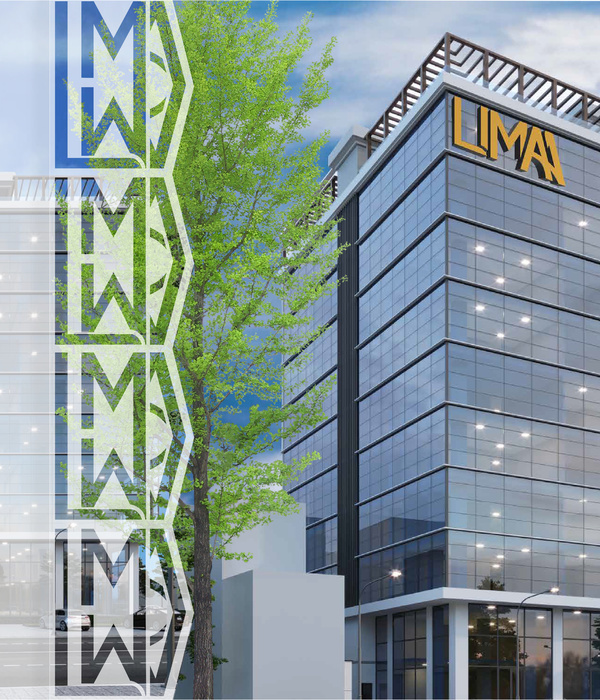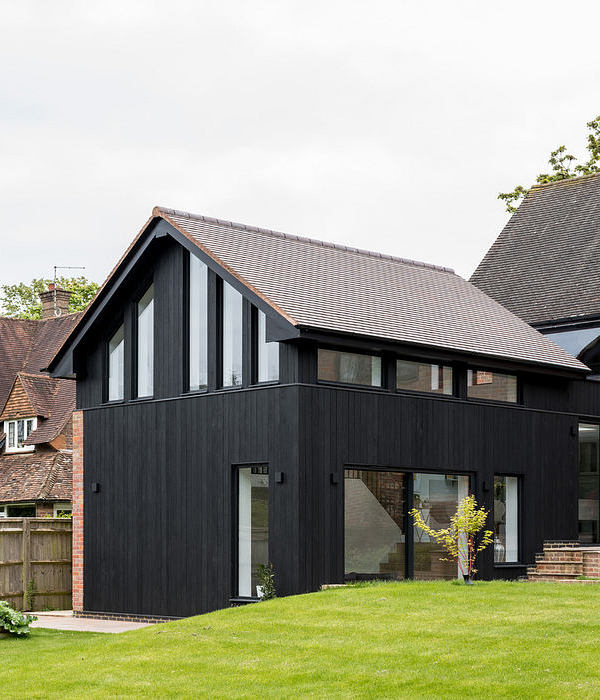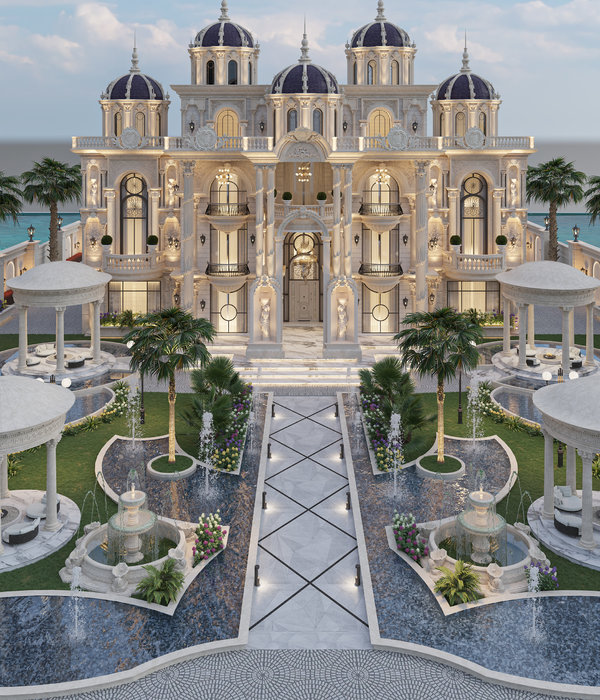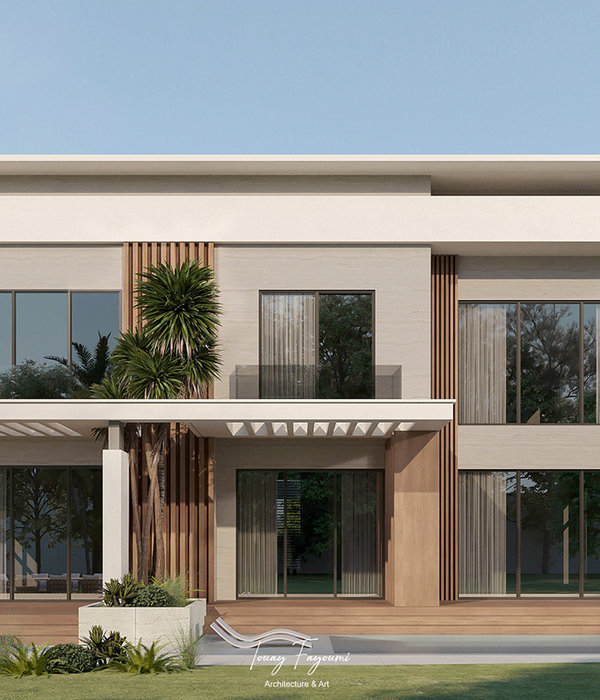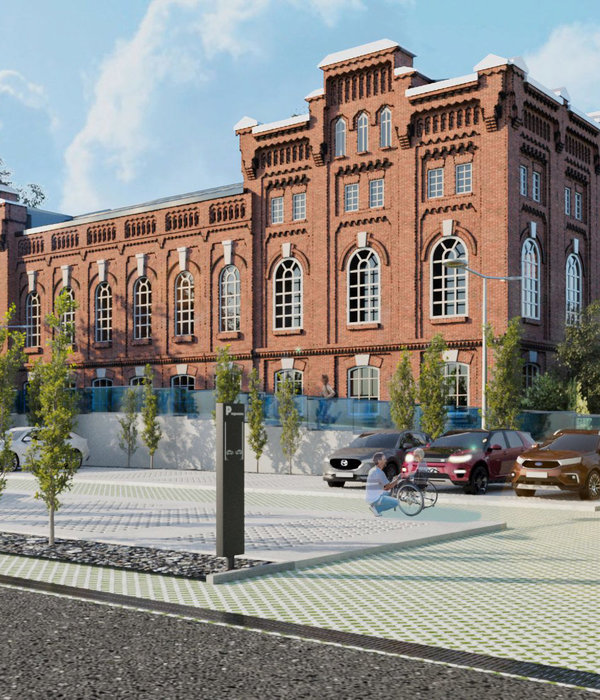The Veterinary School Hospital, of Unileão, is located in the city of
, which is in the Cariri, southern part of the state of Ceará. It is a veterinary school hospital, created for the practice of students under the supervision of teachers. The Hospital will serve small and large animals, containing areas for the internment of small animals (kennel and cattery), stables for the internment of large animals, paddocks, consulting rooms, laboratories, surgical center, classrooms, and an administrative sector. The design of the project was based on the conception of a large roof detached from the building, providing plenty of shade for the building underneath. This was the main strategy for thermal comfort. This roof is supported by metal trusses and has a curved shape, like several waves, with interruptions to allow the escape of hot air. Some areas have translucent polycarbonate tiles for the use of natural light. The large shade protects not only the building but also the paddocks and the internment area for large animals.
In addition, the sloping terrain was modified to create two platforms with a height difference of four meters between them. These platforms accommodate the buildings, which sometimes have only one floor and sometimes have two floors. The activities of the hospital were separated into six blocks (rectangular or trapezoidal) spaced apart. This space between blocks allows for cross ventilation and, together with the various existing gardens, helps create a pleasant microclimate. The windows of these buildings are vertical and staggered, sometimes starting from the top, sometimes from the floor, bringing dynamism to the facades.
A large solar protection, seven meters high and made with solid ceramic bricks, forming a latticed element, filters the intense sunlight in the region and protects the interior of the building. This masonry has a serpentine shape and is also present in the separation between the public and private sectors of the building. Finally, the building aims to be an oasis in the middle of the desert, with passive bioclimatic strategies that minimize the effects of the heat of the semi-arid climate, providing generous and pleasant spaces for the proposed activities.
{{item.text_origin}}

